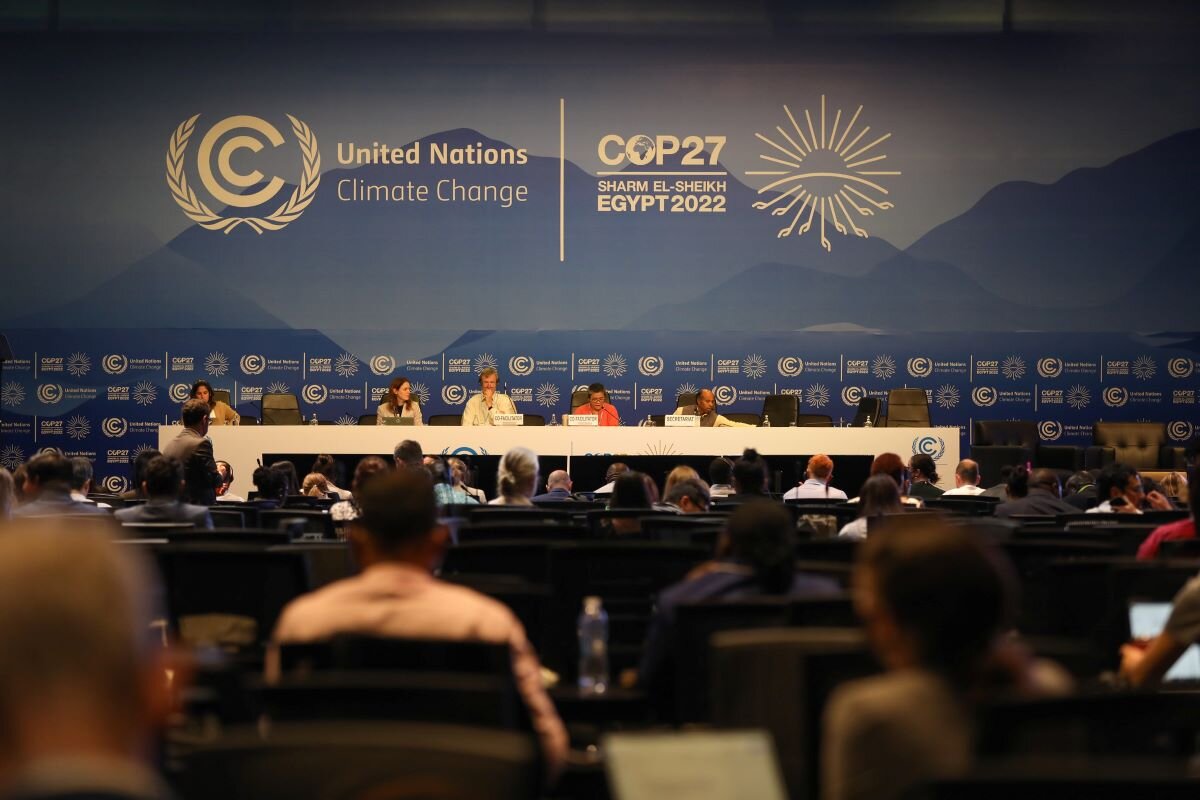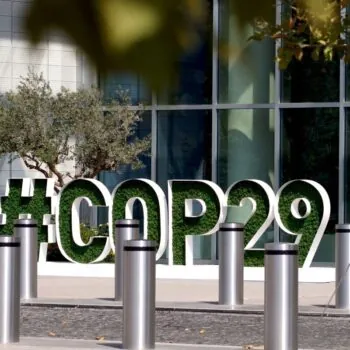Climate finance enables developing countries to implement their climate commitments and ensure long-term resilience to climate impacts.
Currently, developed countries are collectively committed to mobilising $100 billion per year in climate finance up to 2025, but the deadlines to meet it in 2020 were missed. A revised plan suggests it should be met this year. In any case, far larger sums are needed to fund resilience-building and transition activities. As part of their Paris Agreement commitments, Parties to the UNFCCC agreed to set a new collective quantified goal (NCQG) for climate finance by 2025.
COP27 provides the opportunity for countries to progress towards setting this new goal. It is expected to be set to help address the needs and priorities of developing countries. This is both in terms of mobilising the necessary amount of finance and addressing systemic issues so countries can make better use of these resources.
Developing countries’ systemic change needs go beyond the availability of finance. For example, the crucial role the private sector needs to play is clear, but the capital absorption capacity of developing countries and the level of development of their capital markets also need to be improved. We must not kid ourselves that private finance mobilisation can save the day. Big banks are not going to start investing in a big way in Zambia, Botswana, or Myanmar just because there is a call to do so from governments. Institutional support to build the foundations of a finance system that could support the clean economy transition should be one of the priority areas for intervention.
Discussions to date on the new goal have been messy and unfocused. Creating a more targeted framework for negotiations would enable better progress. To effectively meet these systemic change needs, E3G recommends that Parties break the goal down more, by categories of institution and country. Under any top-line quantified new finance goal, governments could agree on sub-goals for MDBs, DFIs, bilateral ODA from developed countries and an indicative target for the likes of Glasgow Financial Alliance for Net Zero. Furthermore, underneath these sub-targets of the NCQG, an additional layer with a commitment to put in place country packages for all countries by 2030 or 2035 can be useful.
The big issue: 2.1.C
Beyond determining how large the new goal needs to be, and what shape it should take, the NCQG process was also seen as an entry point to discuss much-needed global financial system reforms. The existing climate finance goal has proven ineffective in mobilising enough public and private finance for the climate transition. This is partly because the financial system is not fit for purpose. Since concessional public funding will not match the need, discussions on how to achieve Article 2.1.C of the Paris Agreement – which calls for the alignment of financial flows to be consistent with the Paris Agreement and low-emission development pathways – will be instrumental in devising ways of getting private sector resources into climate action.
Proposals were made by the EU and the Environmental Integrity Group at COP27 for the inclusion of an agenda item to discuss how to operationalise Article 2.1.C. The agenda item, however, was not adopted for formal negotiation. The COP President instead called on Parties to reach an agreement on the issue, potentially mandating the agenda for intersessional work or for the next COP. While the NCQG process is progressing – to culminate in the determination of a collective post-2025 finance goal – creating space to discuss the 2.1.C agenda would have broadened the discussion to make this goal a milestone towards a fully climate-aligned financial system for all countries.
Operationalising and implementing article 2.1.C can enable a harmonised approach towards the creation of country packages. The content and size of such packages will vary based on the needs of countries, but just as South Africa has struck a deal on its Just Energy Transition Partnership, other similar packages could be created for all other countries. For the most vulnerable countries, this could be an adaptation-focused package. This could make international climate finance more tangible for both sides of the equation and help mobilise more climate finance overall.



